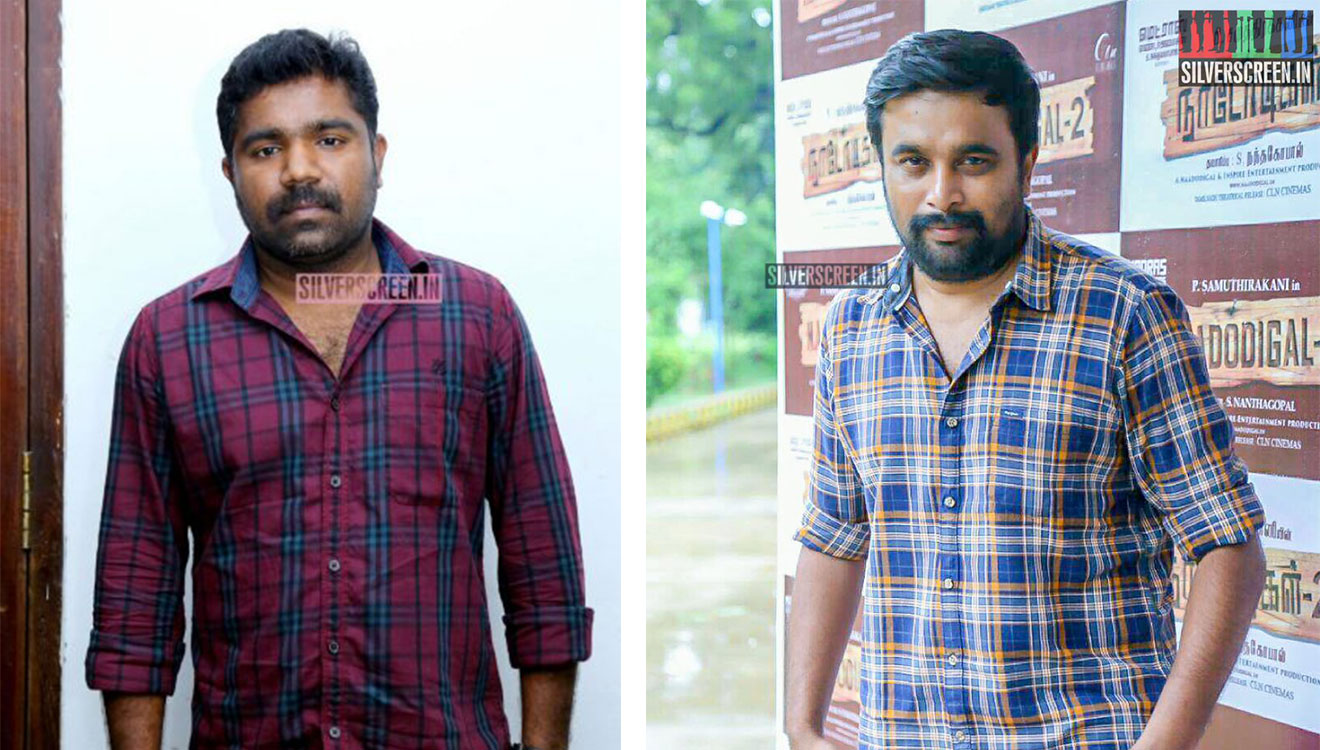If you’ve watched Velaikkaran, you’ll know what role the slum plays in the film. And, bringing it to life took three months of planning and close to two months of work. An army of painters, carpenters and masons descended on about 7.5 acres of land at Prasad Studios to recreate nearly 2 lakh sq.ft of cramped living and working spaces. The set alone costs close to Rs 5 crores.
Art director T. Muthuraj speaks about the process of creating the mammoth, realistic set, and how it would have escaped the eyes of the audience but for the ‘set making’ video that was released shortly before the film hit the big screens — it’s clocked more than 5,25,000 views.
“It was important that the sets of Velaikkaran were realistic, because they would end up affecting performances. Only if things are real will the emotional scenes work,” says Muthuraj, who’s earlier recreated Chennai’s famous Ranganathan Street for Angaadi Theru.
And so, the team first set about finalising the design. Inspiration was taken from various slums that were visited, and any elements that lent them character were noted down. The team learnt many things. That the drumstick tree was omnipresent in every slum. Reason: The leaves were a good source of iron.
That the slums were secular spaces. Each community had a chosen place of worship, but there was little division. People from many fields lived in the slums. The painters’ corner represented them and their art, and the masons’ corner looked different from the carpenters’ locality.
The hero’s house had to be on an elevation. You should be able to see the entire kuppam from the radio room. The signal bell has to be close by.
When lights come on in the slum (watch the movie to know when and why), it should be visible from the hero’s house in a long-shot. To ensure this, they aligned doors and windows accordingly. But, when a close-up was taken, the houses on the streets below should look like regular dwelling spaces. The villain’s house should be visible from the hero’s. The walls had to bear paintings commissioned by different fans’ associations. The slum will have a liquor shop, a pawn-brokers’ shop where even the kitchen mixer can be pawned for money. The toilets in the slum and the thatched or tinned roofs of most homes must feature broken or crushed plastic pots, tyres too old to be used and any scrap that might come in useful someday.
And, all these details might pass by in one fleeting second on screen. But, to convince you it is real, this is what goes in, says Muthuraj.
Muthuraj’s particularly proud about the water body they created inside the slum. They dug up a channel that snakes its way around the set, and then sent out teams to make friends with scrap dealers and those who collect garbage. “We had a clean water channel. We had to make it the way it really looks like outside, lined with plastic and garbage. We were particular about avoiding food waste in the garbage, though it is a vital component in reality, because the place would stink and we had to work there. All the plastic and scrap were lined up around the canal. All the sets were constructed using reapers, plywood, metal, fibreglass and wood. “We tarred the roads, because people and vehicles had to move about.”
And now, the art director is delighted that the production team has decided to allow people to visit the set before dismantling it.
After all these years, does it hurt when something put up with such love turns out to be ephemeral in nature? “By now, we are used to it,” he smiles. But, in the set-making video, director Mohan Raja said that he teared up while the sets of Santhosh Subramaniam were being dismantled, and would feel as much for this set.
Recommended
Muthuraj, a trained artist, says this job marries art and the fine art of administration. “We can be great designers but we must have the ability of communicating our ideas to the workers, and ensuring they deliver what has been imagined.” Among the memorable incidents on the set, he remembers is struggling to save the drumstick trees during construction. “We planted them before we began work, and hired someone to water them every day. Every new leaf that a plant put out was delightful, only to be crushed when it wilted during construction after being bruised by a heavy object. Finally, we erected fences around them to protect them from us!”
Among all the sets he’s put up what’s closest to Muthuraj’s heart? “That’s hard to choose. I approach each set with the same amount of dedication. But, yes, my work in the Malayalam film Guru is very close to my heart. It was early on in my career and I was very excited about what I was doing. Now, I can see the mistakes and also know how I could have worked around them, but nothing can replace that initial high, because you know how you struggled to get an opportunity.”
Photo courtesy: T Muthuraj



